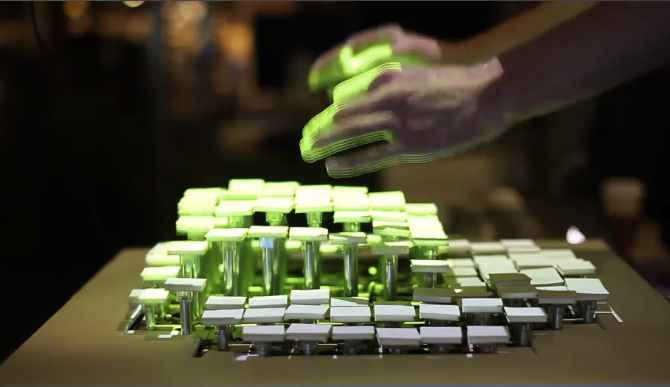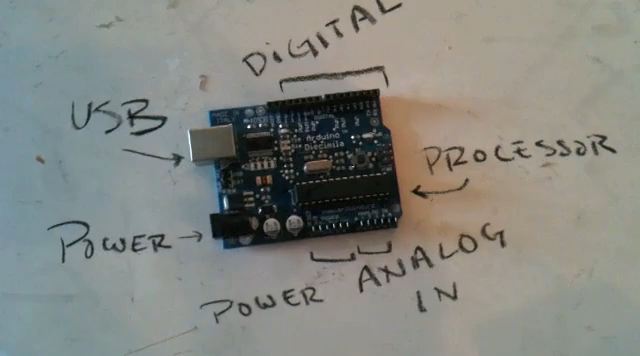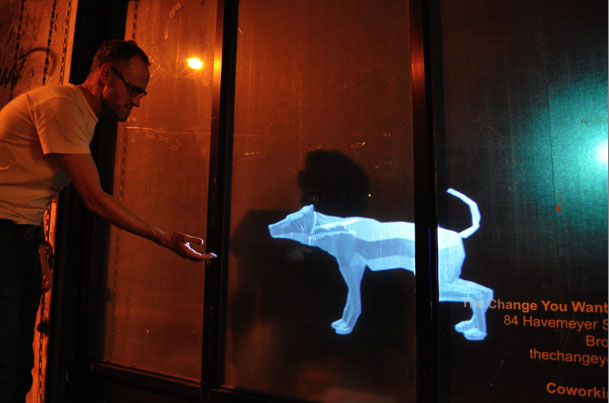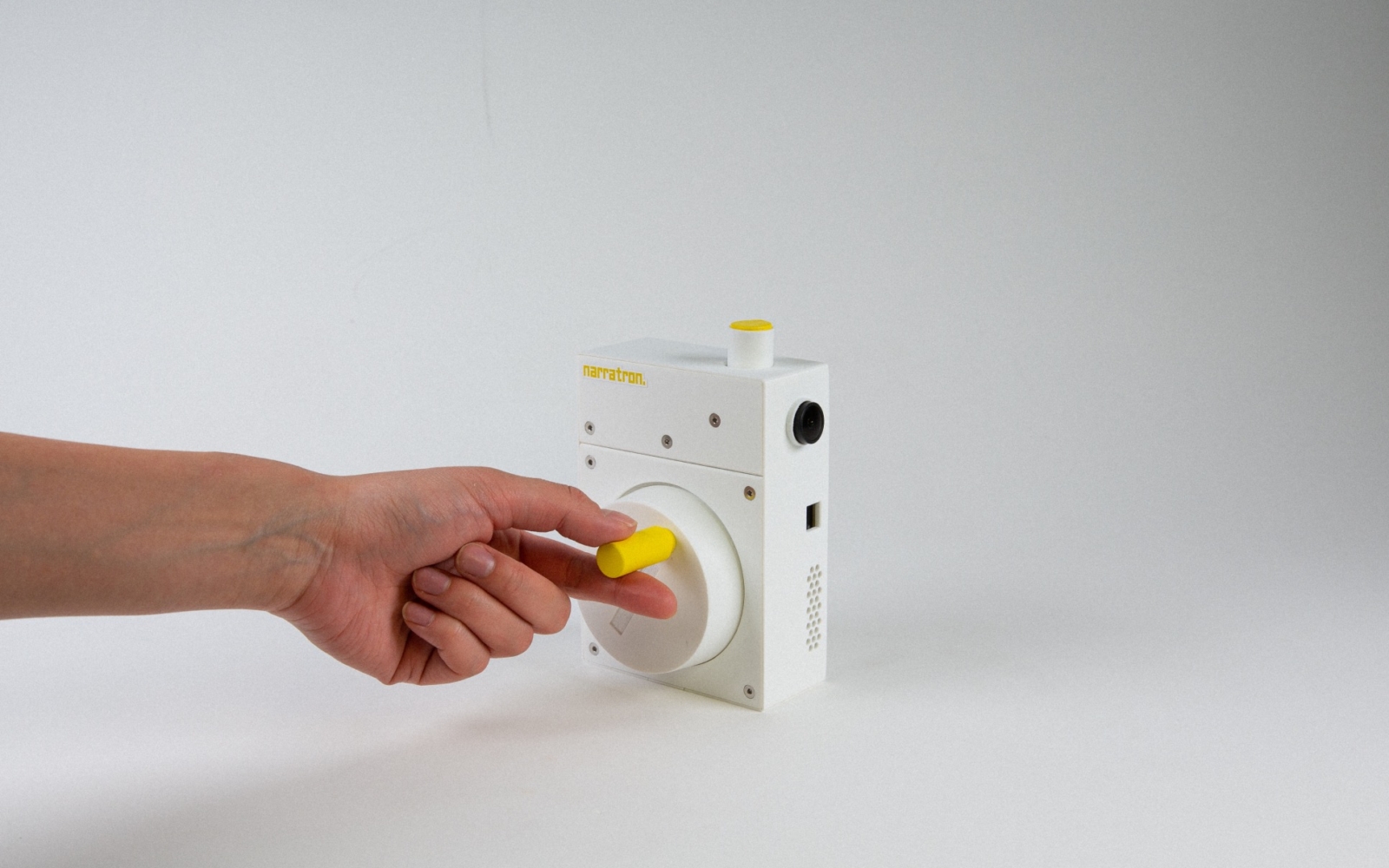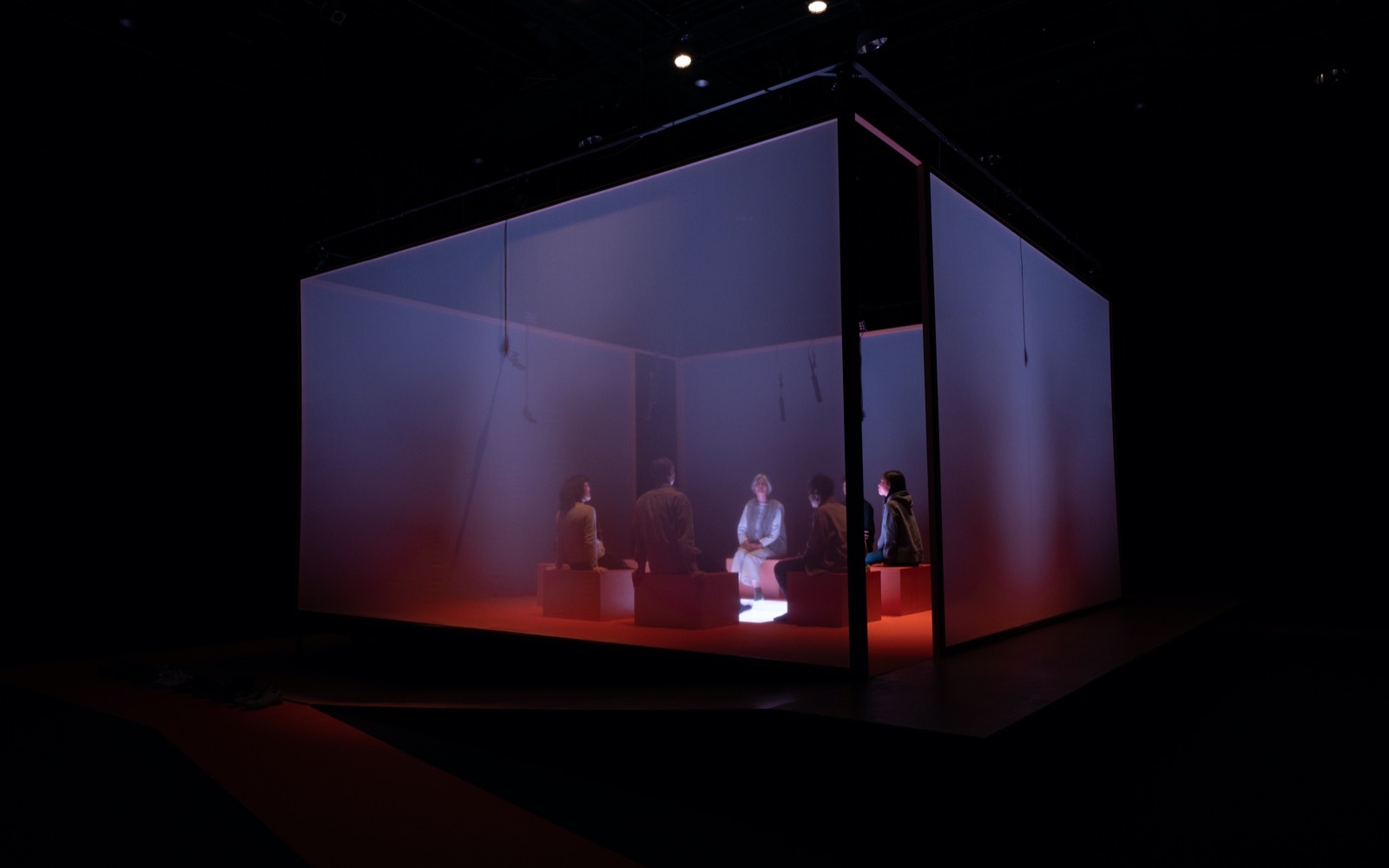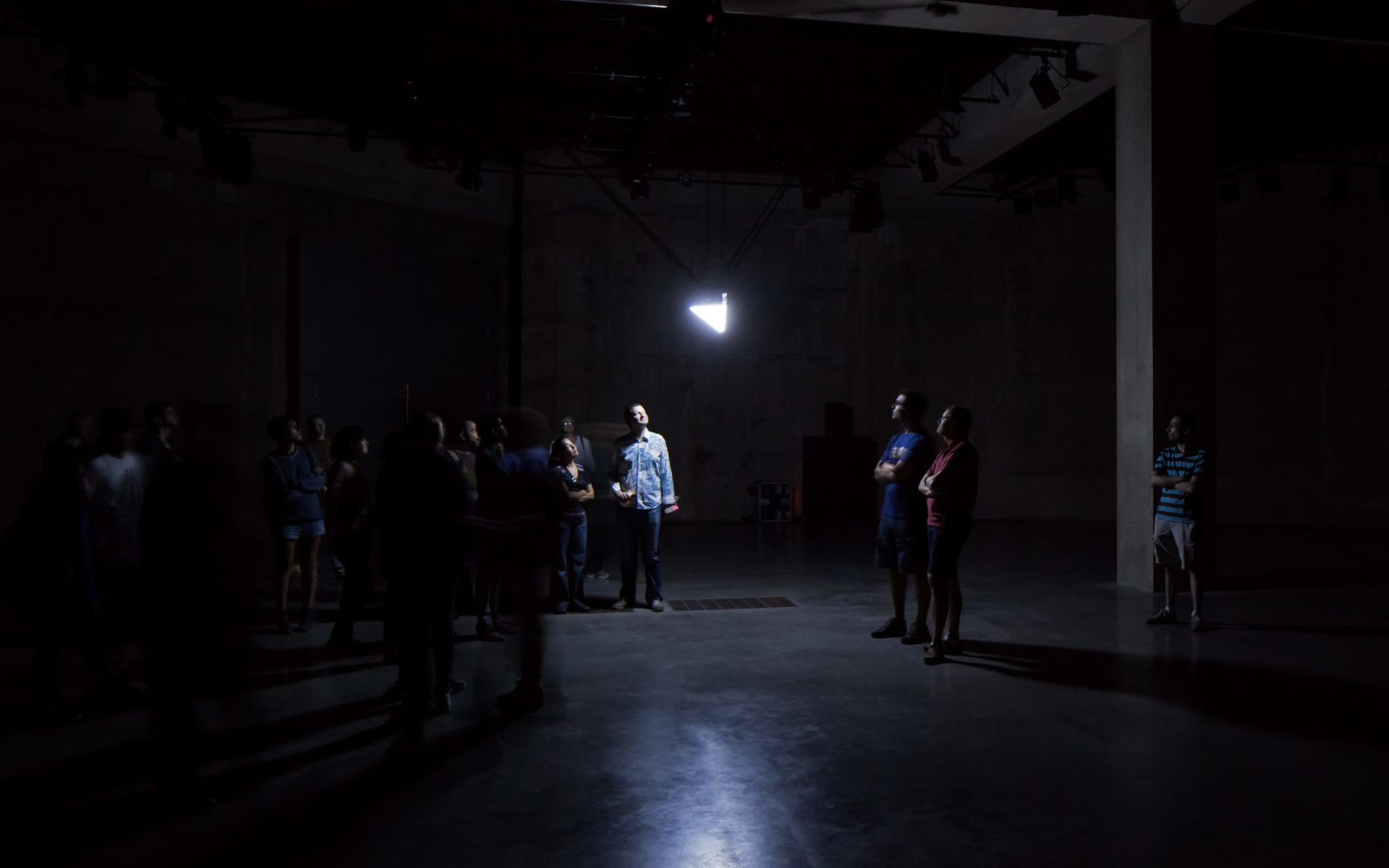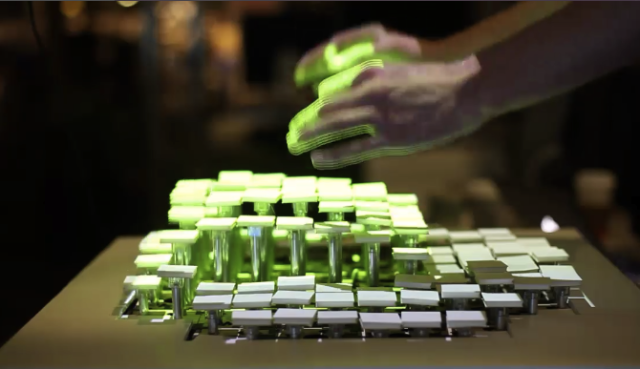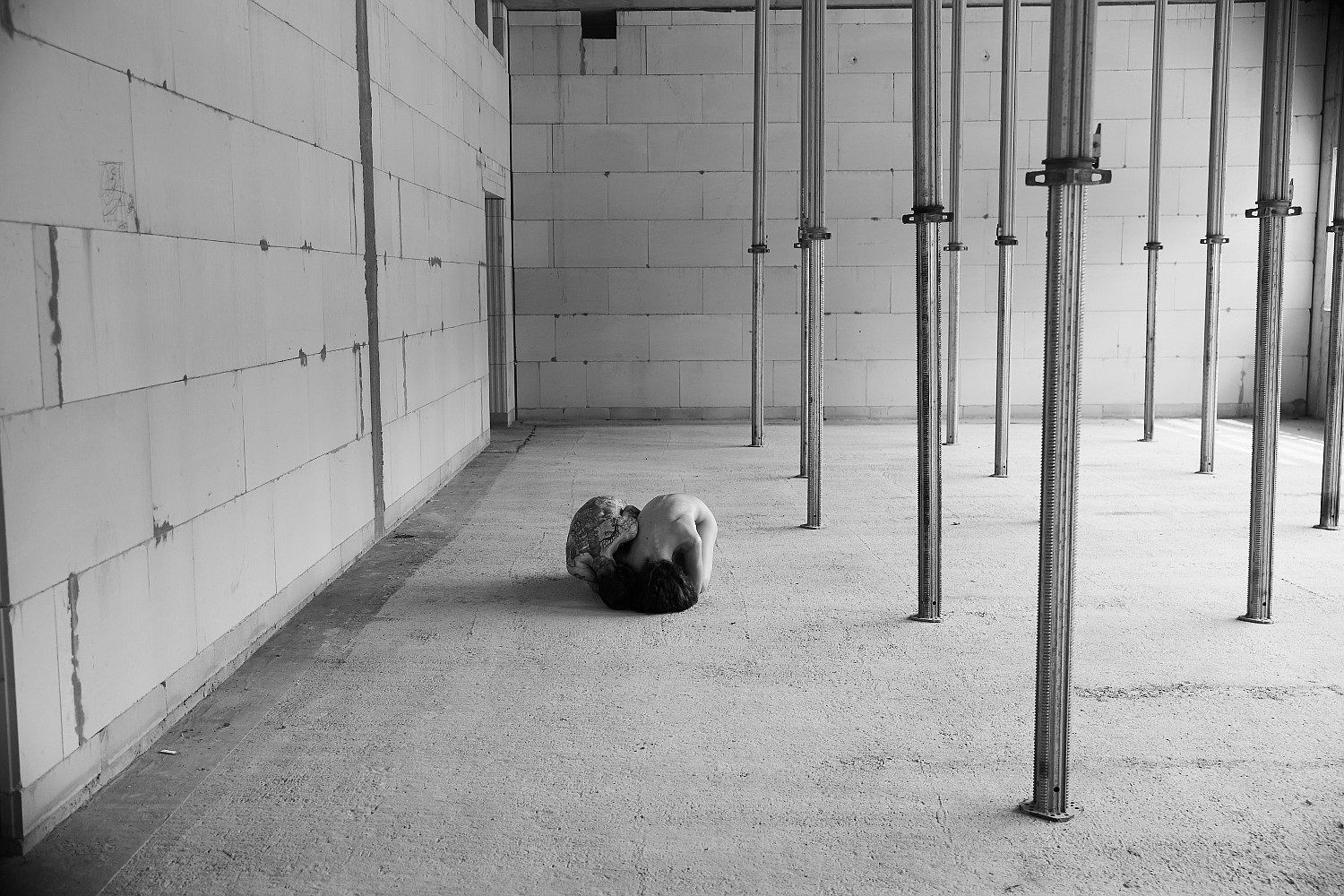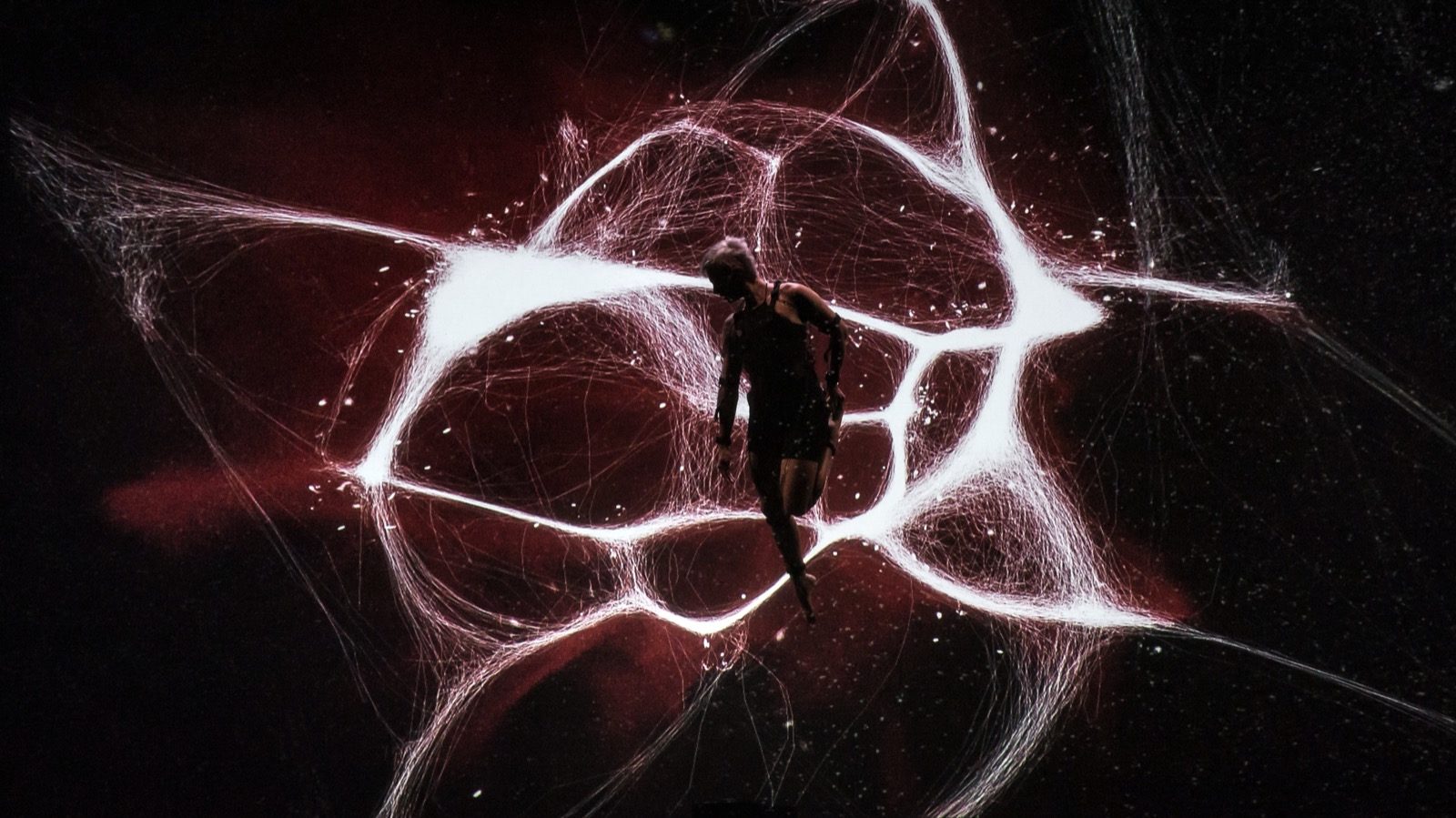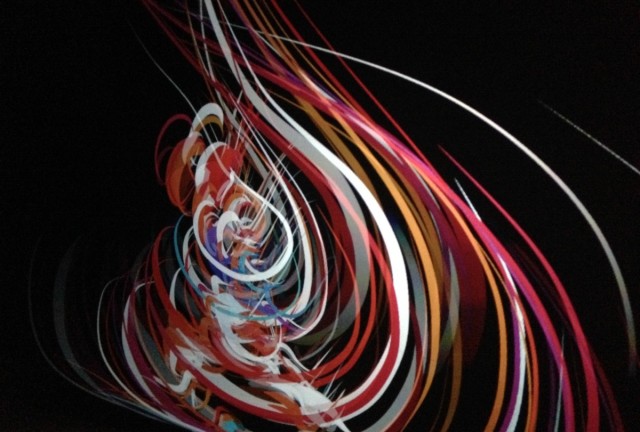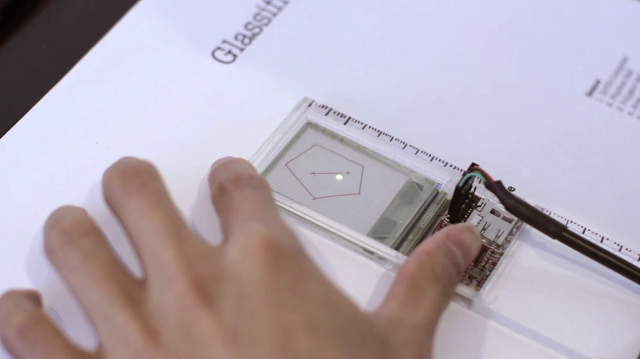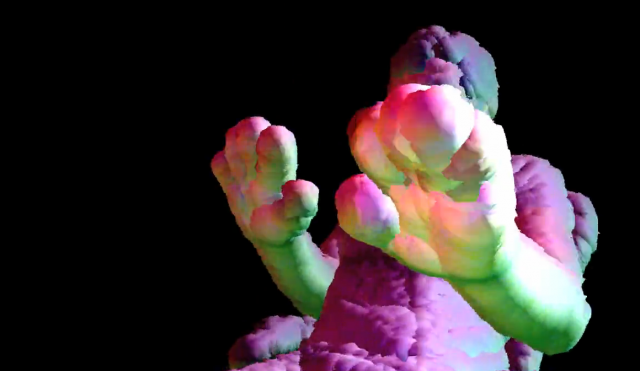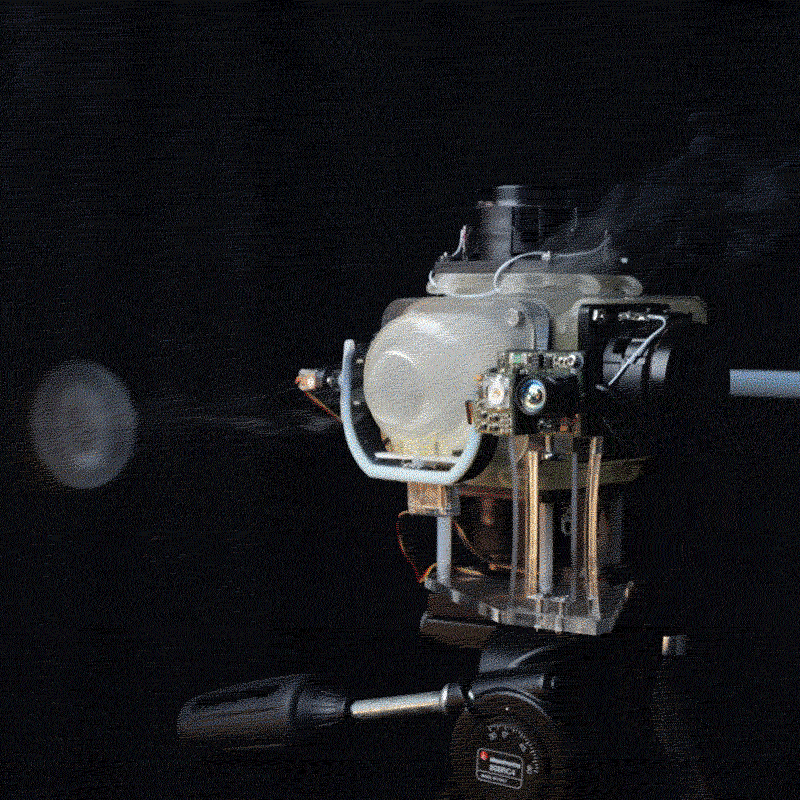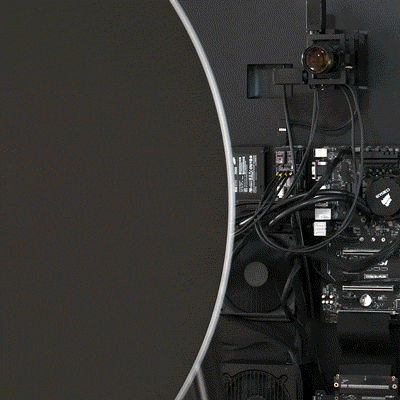/?s=gesture recognition
Displaying search results
15 Results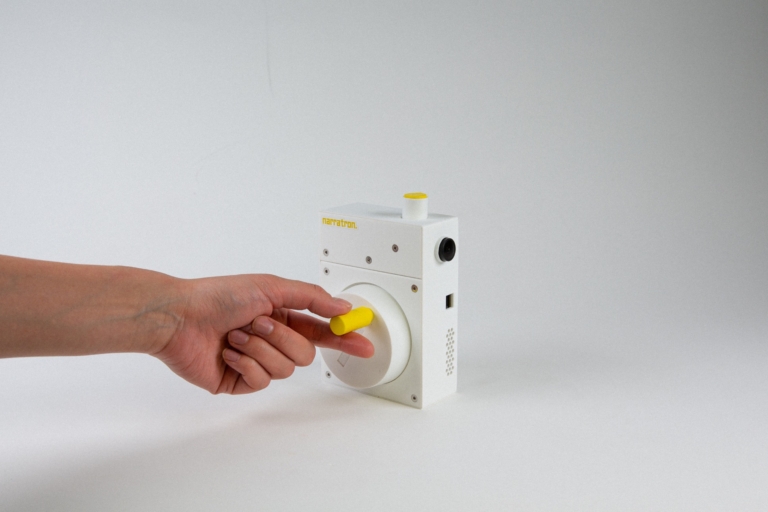
Narratron is an interactive projector that augments hand shadow puppetry with AI-generated storytelling. Designed for all ages, it transforms traditional physical shadow plays into an immersive and phygital storytelling experience.
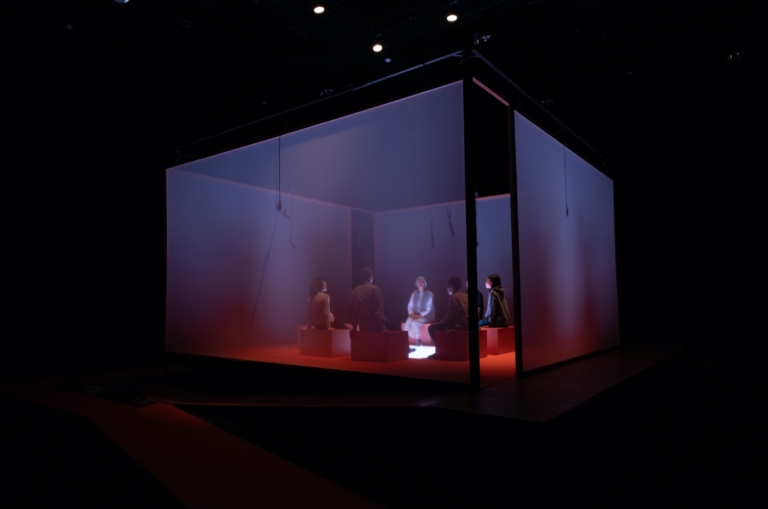
Created by Lauren Lee McCarthy & Kyle McDonald, Unlearning Language is an interactive installation and performance that uses machine learning to provoke the participants to find new understandings of language, undetectable to algorithms.
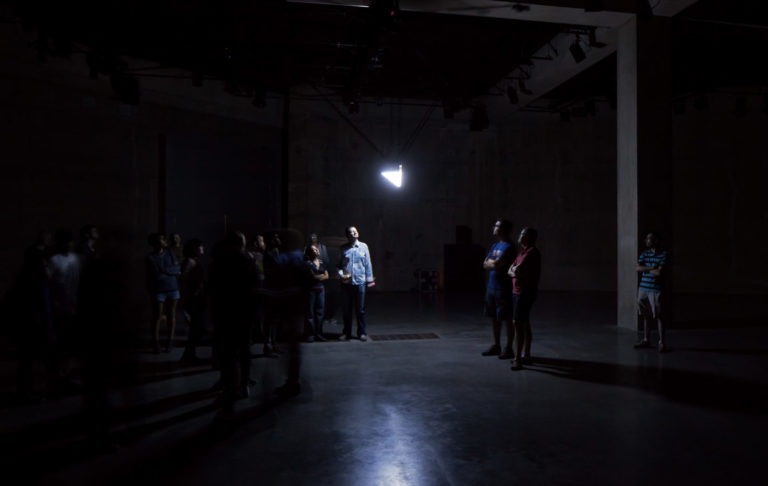
This summer, visitors to Sao Paulo’s Itau Cultural Gallery find themselves face-to-face with a host of artificial life forms. Amongst them is a new version of artist Ruairi Glynn’s interactive installation ‘Fearful Symmetry’, which was first shown at the Tate Modern, London, in 2012.
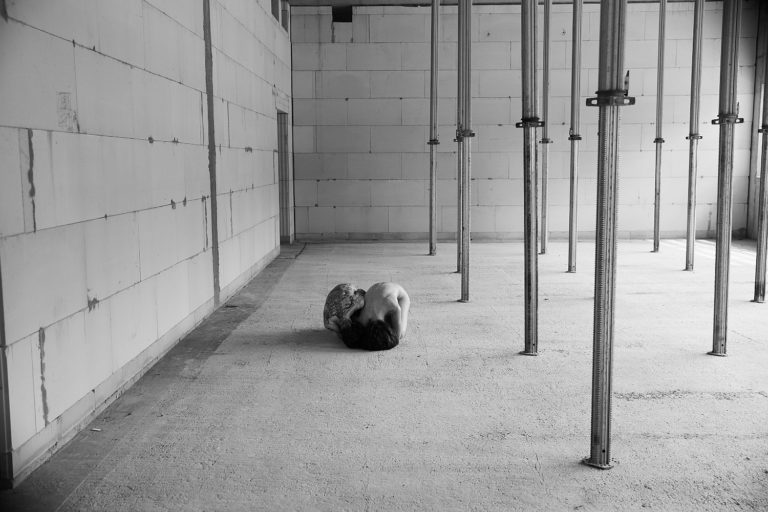
The symbiosis between users and devices allows and encourages personal performance pervasively, and breaks the boundaries between human and non-human action: today’s performance is post-human, quoting Karen Barad. The concept behind the term “live” (de visu) has vastly changed, following the technological evolution and letting a high-performance gradient emerge in everyday habits. With the aim…
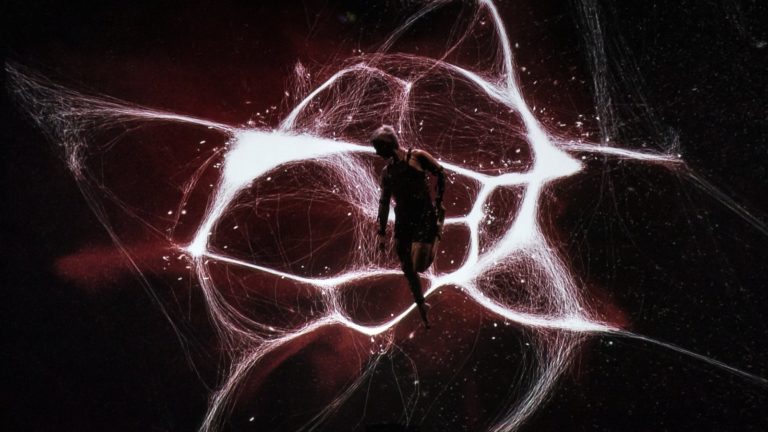
Dökk (‘darkness’ in Icelandic) is the new live-media performance by fuse* and the natural evolution of Ljós (‘light’). Dökk is about a journey throughout a sequence of digital landscapes where the perception of space and time is altered.
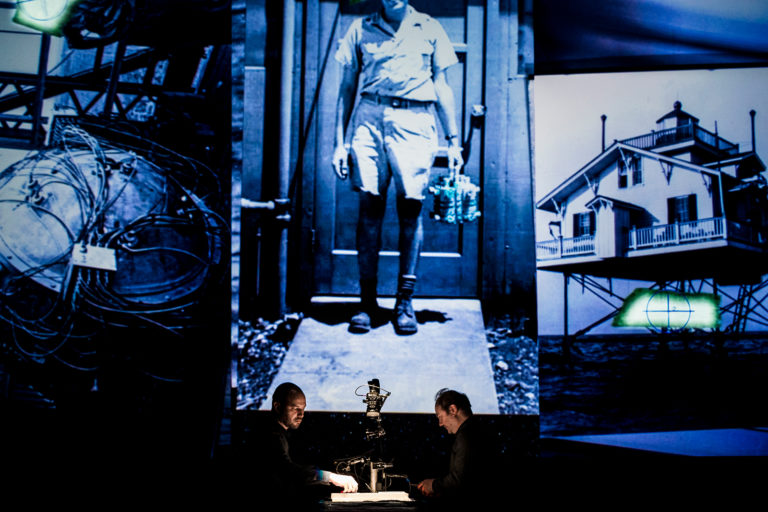
“Three Pieces with Titles” is the latest audiovisual performance by Montreal’s artificiel. In it Alexandre Burton and Julien Roy manipulate an eclectic collection of objects within the field of view of a computer vision system to generate real-time video and abstract sonic collage.
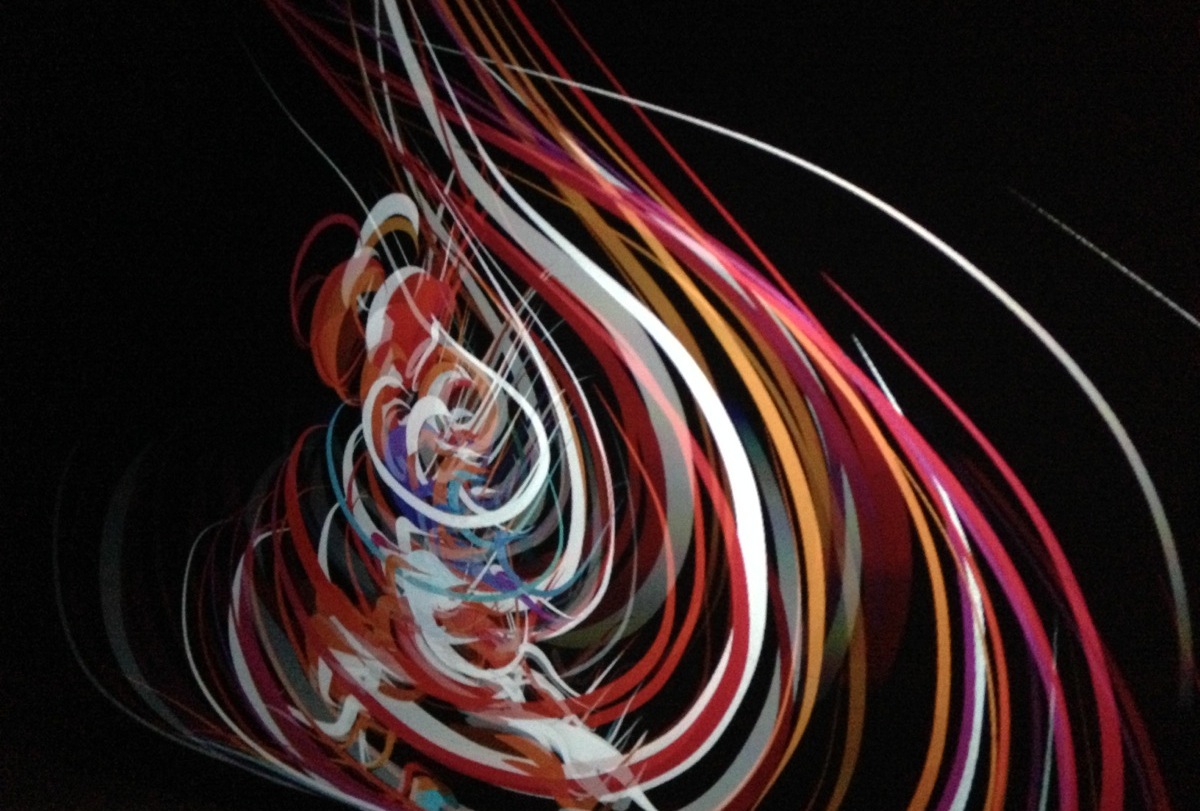
CAN gets a sneak peak of the new installation by Universal Everything opening this week at the new Media Space gallery at the Science Museum in London. We also speak to Mike Tucker about the project development, concepts and the ideas leading up to the final install.
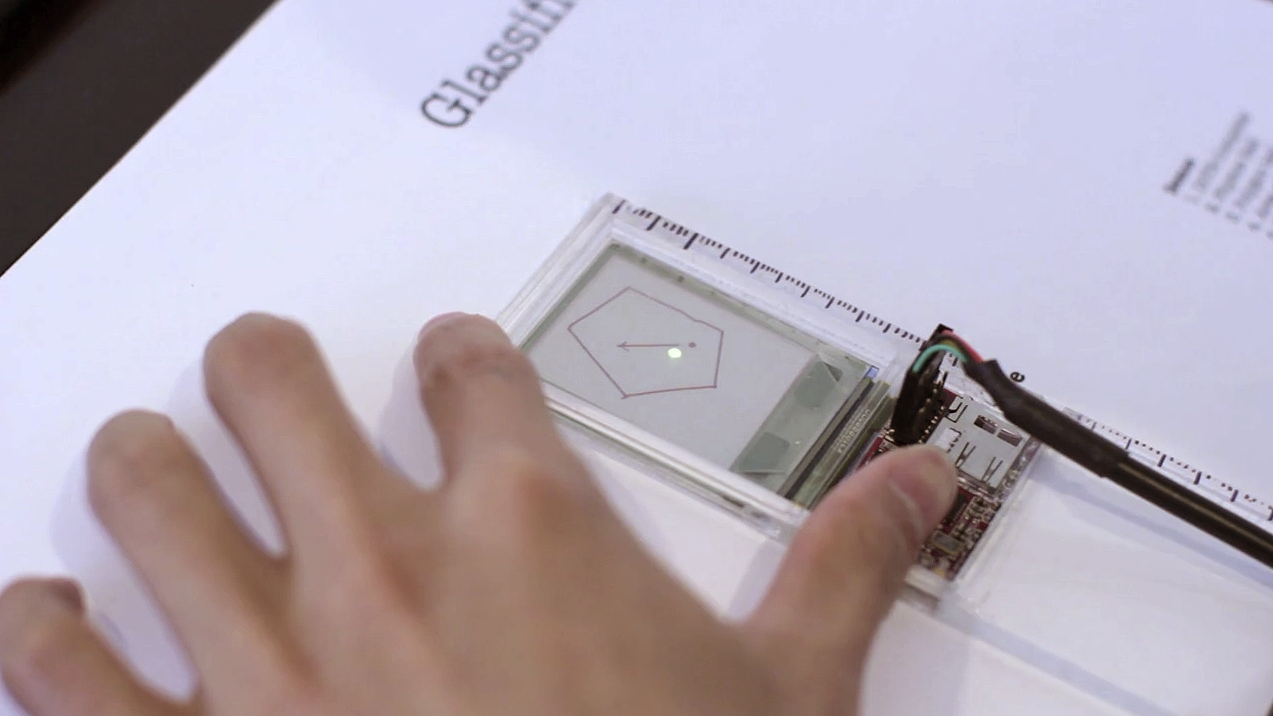
Glassified is a modified ruler with a transparent display to supplement physical strokes made on paper with virtual graphics. The goal of the device is to complement rather than replace a typical ruler and since the display is transparent, both the physical strokes and the virtual graphics are visible in the same plane.

What are you waiting for? Intel is looking for the most innovative and unique uses of Perceptual Computing. A grand-prize of $100,000 and thousand of dollars more in prizing are available but you must act soon!

In collaboration with Intel, CAN is pleased to announce the launch of Intel Perceptual Computing challenge. This is your opportunity to change the way people interface with computers and win a chance at $100,000 and get your app on new Perceptual Computing devices.
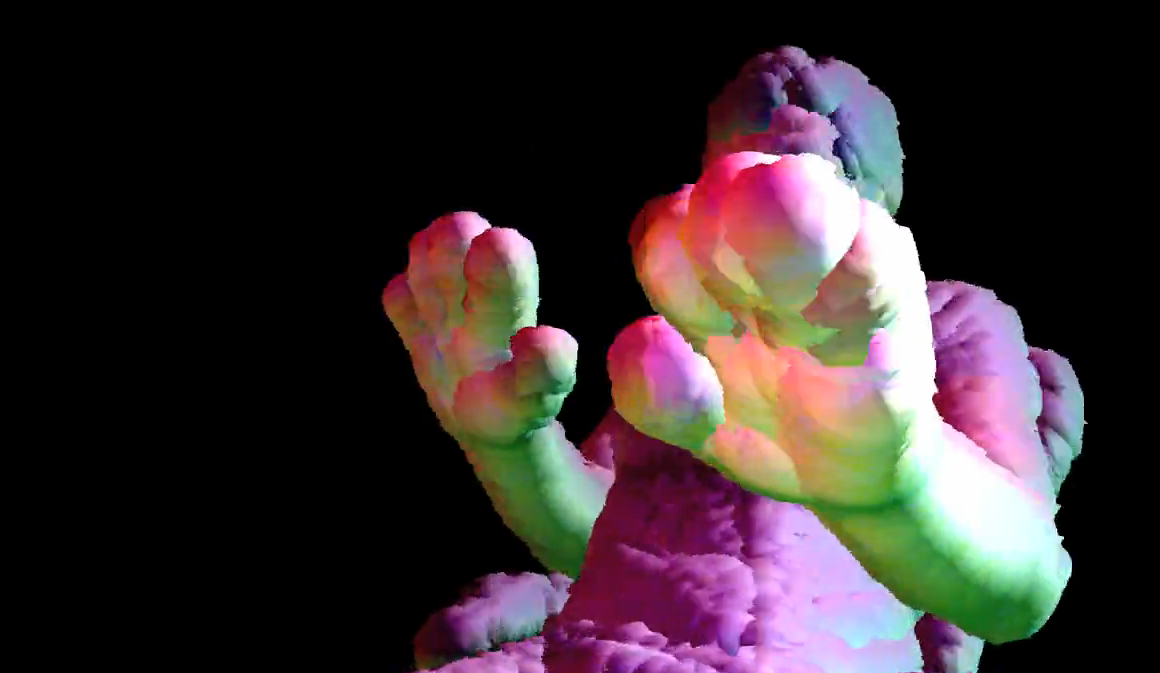
Last week we wrote about the wonderful work that happened over the weekend after the release of XBox Kinect opensource drivers. Today we look at what happened since then and how the Microsoft gadget is being utilised in the creative code community.


